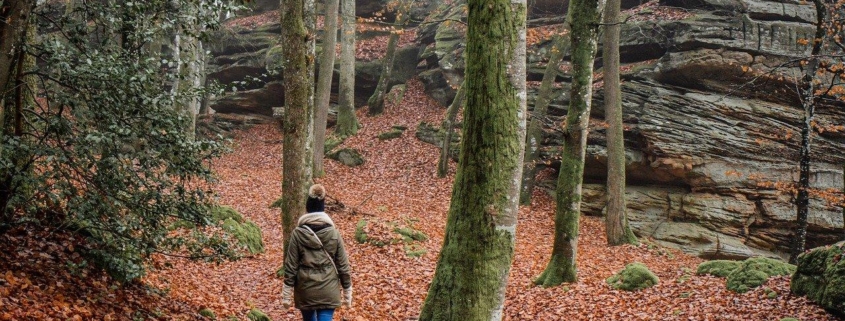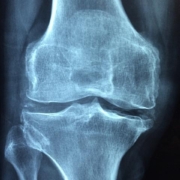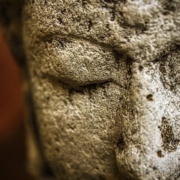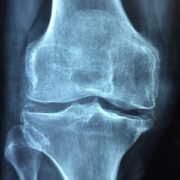Hiking for Happy Joints: Embracing Nature’s Remedy
Hitting the trails isn’t just good for your soul; it’s fantastic for your joints too! Hiking is a low-impact exercise that strengthens muscles supporting your joints, improves versatility, and helps maintain a healthy weight – all crucial for preventing musculoskeletal problems. Whether you’re a seasoned hiker or just starting out, this guide will help you embrace nature’s remedy while keeping your joints happy and healthy.
Preparing Your body for the Trail
Before you lace up your boots, preparing your body for the demands of hiking is essential. This preparation will help prevent injuries and ensure a more enjoyable experience.
Building a strong Foundation: Strong muscles are your joints’ best friends. Focus on exercises that target key muscle groups like quads,hamstrings,glutes,and core. Squats, lunges, planks, and calf raises are excellent choices.
Flexibility is Key: Stretching improves your range of motion and reduces the risk of strains and sprains. Incorporate dynamic stretches like arm circles and leg swings before your hike, and static stretches, holding each for 20-30 seconds, after your hike.
Gradual Progression: Don’t jump from couch potato to mountain climber overnight. start with shorter, easier hikes and gradually increase the distance and difficulty as your fitness improves. Listen to your body and rest when needed.
Choosing the Right Gear
having the right gear can substantially impact your joint health and overall hiking experience.
Supportive Footwear: Invest in cozy, well-fitting hiking boots that provide good ankle support and cushioning. Proper footwear can definitely help absorb shock and reduce stress on your joints.
Trekking Poles: these aren’t just for seasoned hikers! Trekking poles provide extra stability, reduce strain on your knees and ankles, and engage your upper body muscles.
Proper Backpack: Choose a backpack that fits correctly and distributes weight evenly. Adjust the straps to ensure it sits comfortably on your back and doesn’t strain your shoulders or hips.
Hitting the Trail Smartly
Once you’re on the trail, follow these tips to protect your joints:
Warm-up: Before you start your hike, take a few minutes to warm up your muscles with some light cardio and dynamic stretches.
Proper Posture: Maintain good posture while hiking. Stand tall, engage your core, and avoid slouching.
Pace Yourself: don’t try to go too fast, especially on uphill sections. Find a comfortable pace that allows you to maintain good form and avoid overexertion.
Listen to your Body: Pay attention to any pain or discomfort. If you feel something isn’t right, stop and rest. Don’t push through pain.
Hydration is Crucial: Dehydration can increase muscle fatigue and make you more susceptible to injury. Drink plenty of water before, during, and after your hike.
Cool-down: After your hike, cool down with some light stretching to help your muscles recover.
Specific Joint Considerations
Knees: Hiking downhill can be particularly challenging for knees.Use trekking poles to reduce the impact and take shorter steps.
Hips: Maintaining a strong core and stretching your hip flexors can help prevent hip pain.
* Ankles: Wear supportive hiking boots and be mindful of your footing, especially on uneven terrain.
Trailblazing to Better Joint Health
Hiking offers a fantastic way to improve your overall musculoskeletal health and enjoy the beauty of nature.By following these tips, you can protect your joints, prevent injuries, and experience the many benefits of this rewarding activity. Remember to listen to your body, start slowly, and gradually increase the intensity of your hikes.
For further facts on joint health and exercise,consult your physician or a physical therapist. The Arthritis Foundation also offers valuable resources and information. Happy hiking!









